It all started when I approached 60.
I had been a copywriter for many years and I was working hard. Boss suits filled my closet, I drove a Mercedes, and I preferred fine dining with selected, red wine. It all went well for me, but life felt empty. I didn’t want to grow any older this way. Instead, I rediscovered some of the feelings I felt in my 20s
Today, I define myself as an urban hippie.
The suits are donated to charity. The car has been sold, and I take my bicycle whereever I go. I’m a vegetarian, and I don’t drink any alcohol at all. My grey hair has grown long, and I have lost many kilos. More importantly, I only dress in denim and workwear. And I feel great!
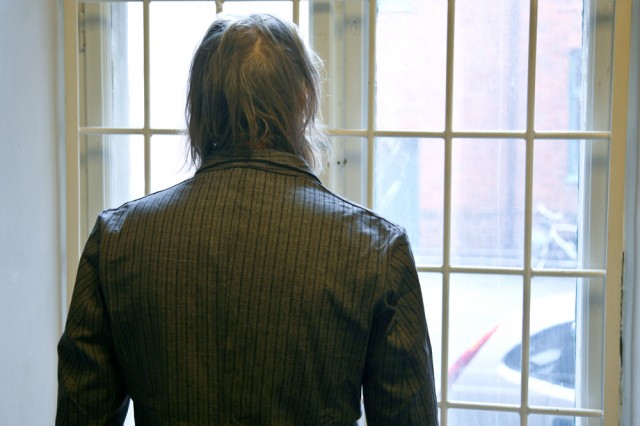
The older you get, the clearer it becomes what’s important in life.
My philosophy as an urban hippie is to have a relaxed approach to life. In the early days, hippies left the cities and were living in communities in the countryside. Today, it’s a trend, certainly an enduring one, to take the country vibes into town. It’s known as ‘rurbanism’.
People grow herbs on their balconies, and if they live on the outskirts of town they might even have chickens for home consumption of eggs. This is in line with another contemporary key concept; sustainability.
Quality denim is very much about sustainability.
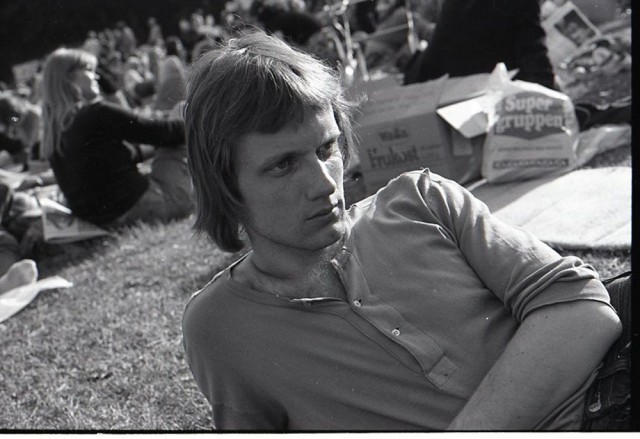
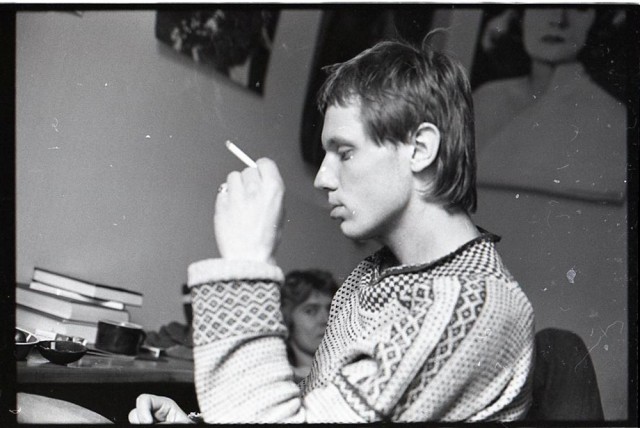
Don’t get bored!
There are in Sweden, like in many other Western European countries, many who, like myself, were born in the 1940s and 50s. We are known as the baby boomers. Even though we are getting older, we certainly are healthier than previous generations – and we want to live intensely until the very end.
To do so, one must keep the curiosity intact, otherwise life becomes dull. Older rock celebrities, such as Mick Jagger, Iggy Pop and Bruce Springsteen, do not seem to be bored, do they?
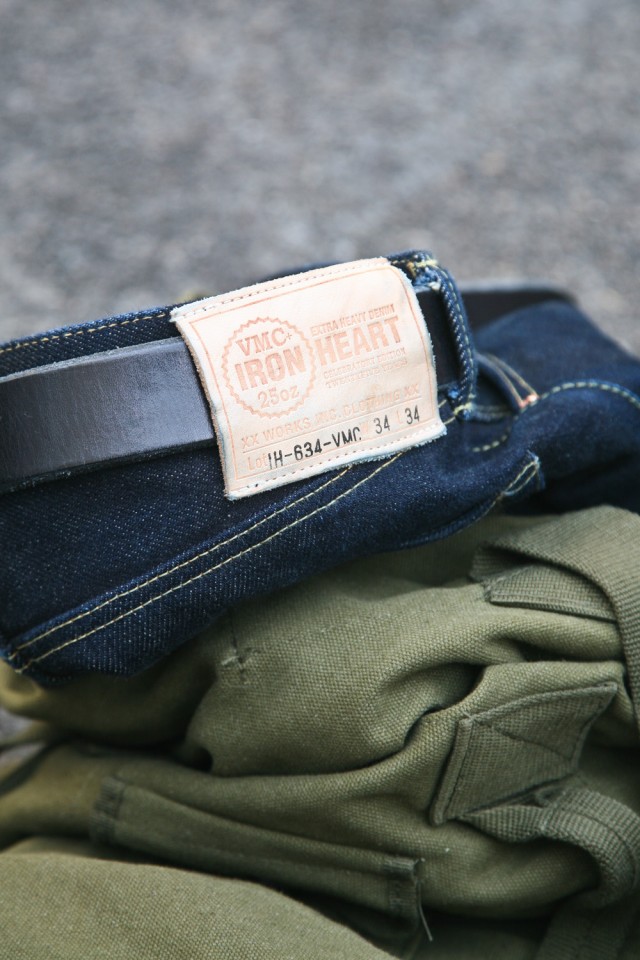
A lot has happened on the denim scene since I was young.
Before Lee entered the Swedish market as the first American brand in the early 60s, we only had “not so hip” jeans from Swedish manufacturers. It was exciting to be able to buy American jeans. And a few years later Levi’s and Wrangler followed in Lee’s footsteps.
Today there are so many brands.
I have stuck for Japanese. I’ve got an introduction to Japanese denim by co-owner of Meadow in Malmo, Christopher Åkesson, and bought a pair of Momotaros. Later, I’ve added a pair of Flat Heads from DC4 in Berlin and a pair of 25 oz. Iron Hearts from VMC in Zurich to my wardrobe. I’ve experienced first hand how Japanese jeans hold high quality standards, and it feels a little exotic to own and wear them. Not too many Swedes do, except for maybe Edwin jeans.
Maybe the Japanese feel something similar about brands like Nudie and Indigofera from a small country up north.
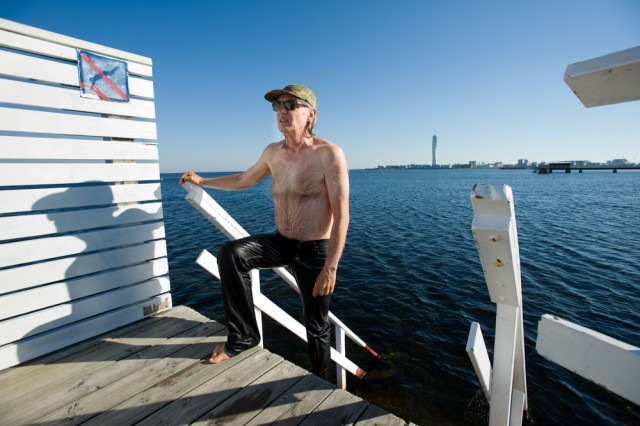
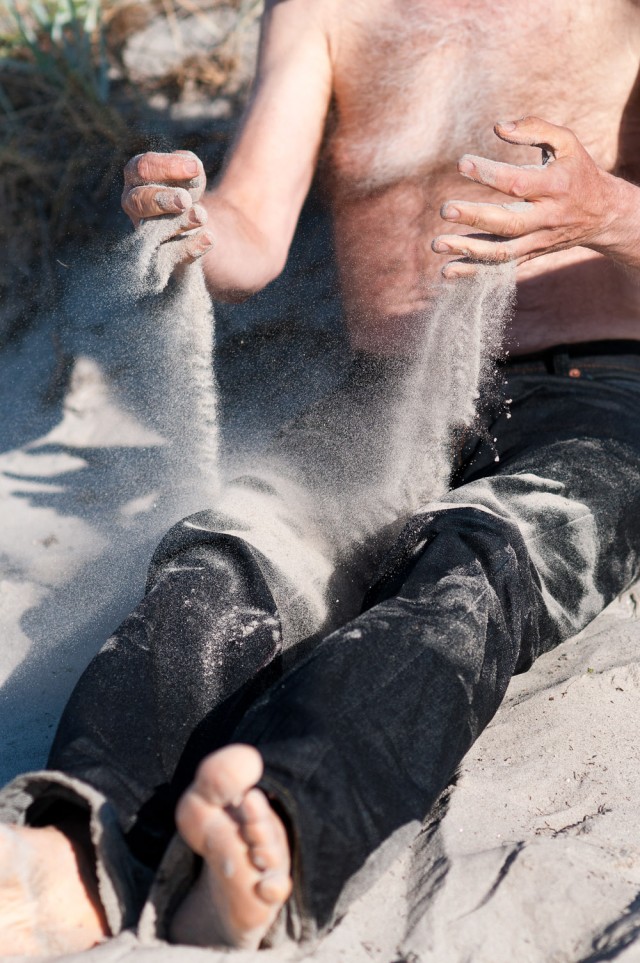
In my early teens I owned a pair of raw Lee jeans.
Along with friends I biked to the beach to swim in my jeans. We rolled around in the sand to create a “natural” wear. That was in 1963. This year, in early October 2013, I got an impulse. Why not do it again? It would be adventurous to repeat the same routine 50 years later.
Wearing my raw Momotaro jeans I cycled to the same beach and jumped into the 15°C water. I then sat in the sand and rolled around a little, rode back home in my wet jeans, and ran straight into the shower. I know, older middle-aged men shouldn’t do these things, but the times are a-changin’.
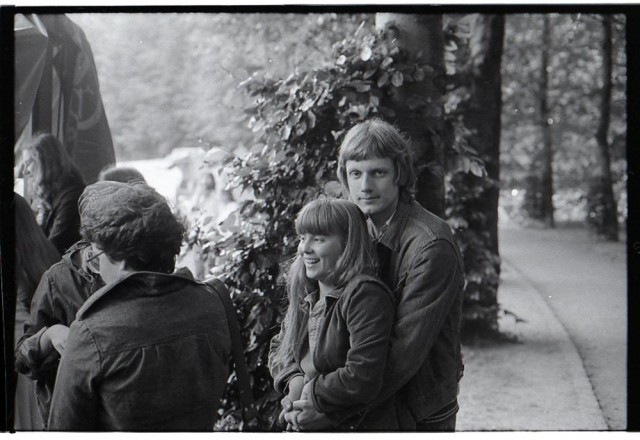
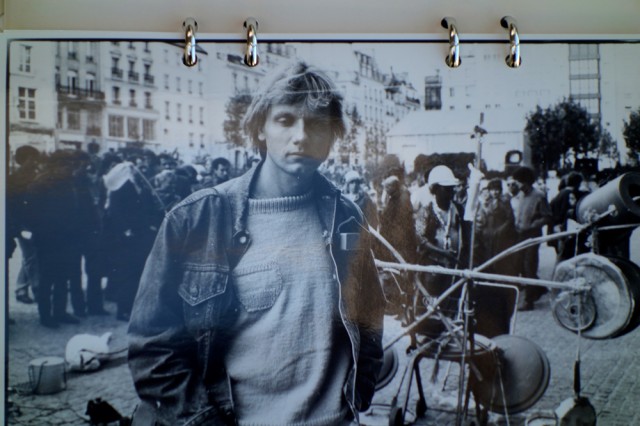
Though the denim community is global, almost everyone know each other. The common denominator for this subculture is passion. And in general, supporters are friendly and unpretentious.
This hippie still works as a copywriter, but not as intensively as before. I take time off to travel to trade shows such as Bread & Butter in Berlin and Gallery in Copenhagen. I do it for inspiration and to write articles about what’s going on in the world of denim and workwear. And, not least, to meet nice people.
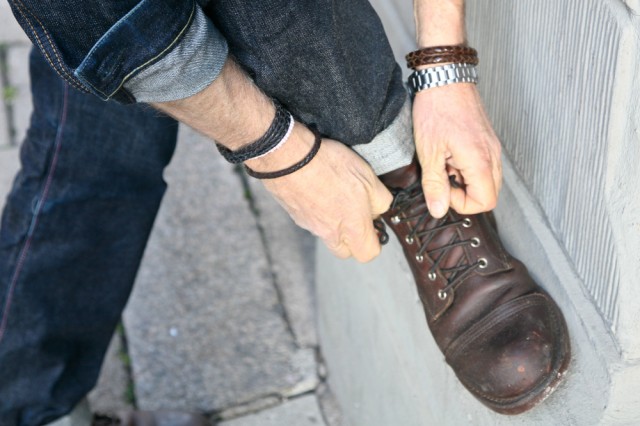
Clothes with a story are the most tempting.
I’m on the hunt for a pair of Viberg service boots, even though I really like my Red Wing Iron Rangers. I have met Brett Viberg, the third generation of the family to run the company, and he told me about his grandfather who emigrated from Sweden to Canada and started making shoes there.
The great thing about denim and workwear is that the garments generally look better the longer you wear them. Not so much the case with my previous wardrobe.
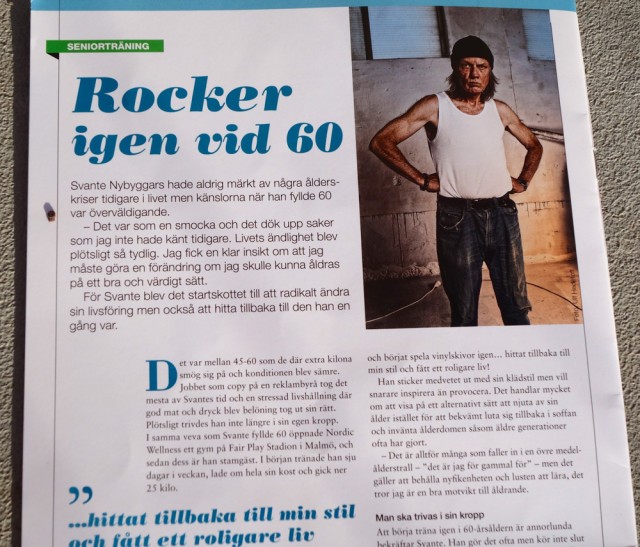
My transformation into The Urban Hippie has resulted in attention from newspapers and magazines, and a feature on Swedish television. Under my alter ego I also share my experiences on Facebook and Instagram.
This hippie is now 62. getting older doesn’t have to be a drag. You can turn your life around today!
Photography: Klas Andersson, Christopher


38 comments
It’s never to late to do what you want and to change your live. More power to you.
Very true, Kabuto. And thanks a lot.
Very true, Kabuto. And thanks a lot.
Impressing story from an authentic man!!!! Congrats to your lifestile!
You’re a great dude, Swissjeansfreak.
Thanks same to you as well!!!
what a dude!
Thanks Andy.
Rock on! Age is merely numbers..
Nice story, anybody know the make of the jacket he’s wearing in the first image?
It’s a Momotaro jacket, bought at 14 oz in Berlin in January 2013, when the model was new.
It doesn’t have the typical Momotaro stripes on one of the arms. Svante was told by the people at Japan Blue Group that sometimes they make different models for the markets in Japan and Europe, and that this one was actually made for Japan.
Not sure about that. Other people have said other things.
It’s a Momotaro jacket, bought at 14 oz in Berlin in January 2013, when the model was new.
It doesn’t have the typical Momotaro stripes on one of the arms. Svante was told by the people at Japan Blue Group that sometimes they make different models for the markets in Japan and Europe, and that this one was actually made for Japan.
Not sure about that. Other people have said other things.
Decent article, inspiring. Keep it up mate.
Decent article, inspiring. Keep it up mate.
marvellous
marvellous
Wow, awesome weblog structure! How long have you been running a blog for?
you made running a blog glance easy. The entire glance of your site
is excellent, let alone the content material! You
can see similar here e-commerce
medication from mexico pharmacy: cheapest mexico drugs – mexico pharmacies prescription drugs
india pharmacy https://indiaph24.store/# indian pharmacy
buy prescription drugs from india
mexican drugstore online: cheapest mexico drugs – best online pharmacies in mexico
canadian mail order pharmacy Large Selection of Medications from Canada canadian pharmacy near me
http://indiaph24.store/# india online pharmacy
buying from online mexican pharmacy mexican pharmacy mexican border pharmacies shipping to usa
https://nolvadex.life/# is nolvadex legal
ciprofloxacin over the counter purchase cipro buy cipro online without prescription
buy misoprostol over the counter: cytotec buy online usa – Misoprostol 200 mg buy online
ciprofloxacin generic price buy cipro ciprofloxacin order online
https://ciprofloxacin.tech/# ciprofloxacin 500 mg tablet price
buy cytotec online fast delivery: buy cytotec over the counter – buy cytotec pills online cheap
buy cipro online canada buy cipro online without prescription where can i buy cipro online
https://lisinopril.network/# how to buy lisinopril
http://cytotec.club/# п»їcytotec pills online
buy generic propecia without prescription: cost propecia without dr prescription – buy cheap propecia online
buy cipro online without prescription buy ciprofloxacin over the counter buy ciprofloxacin
http://lisinopril.network/# lisinopril 20 mg uk
buy generic ciprofloxacin ciprofloxacin generic ciprofloxacin 500mg buy online
Rock on! Age is merely numbers..
Thanks Nekonano. You’re so right.